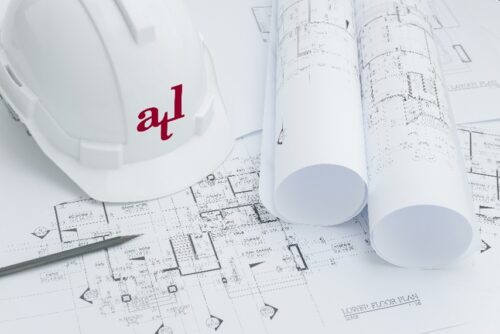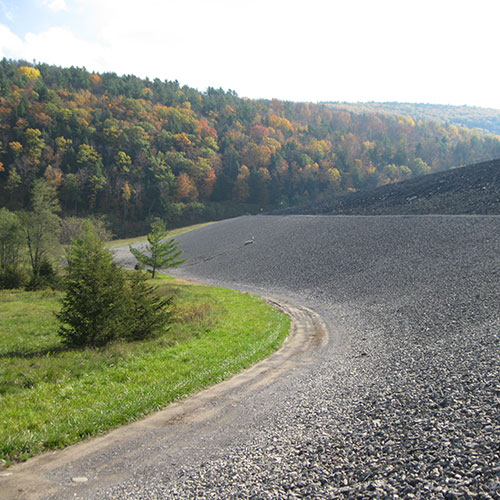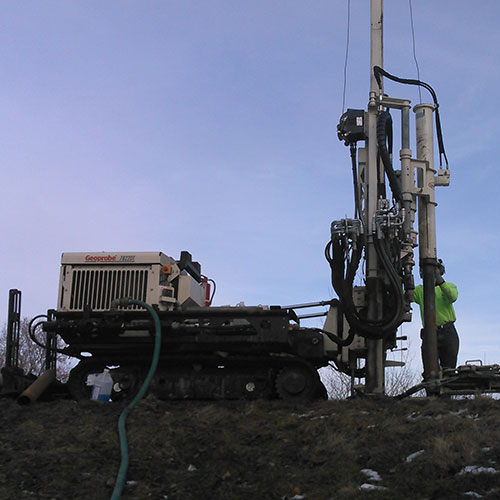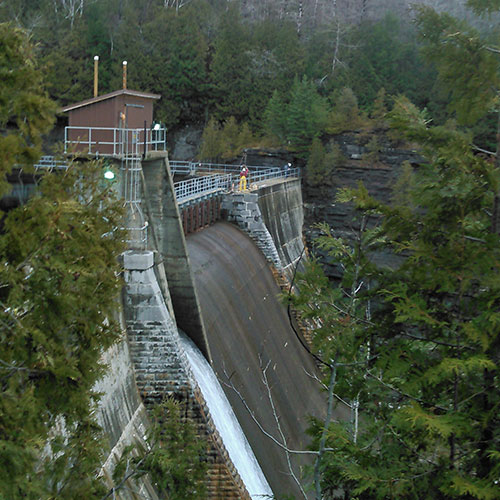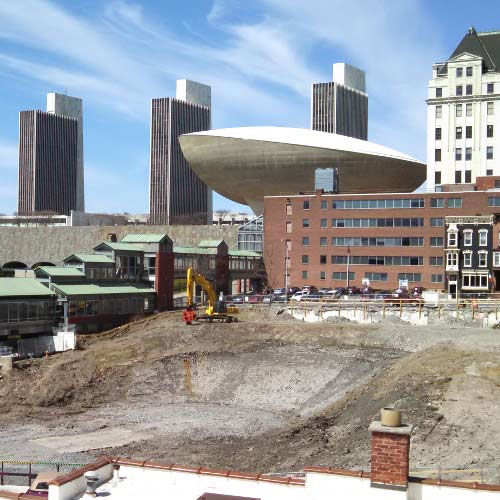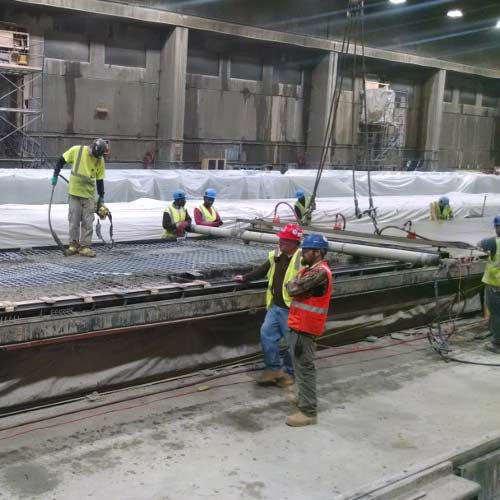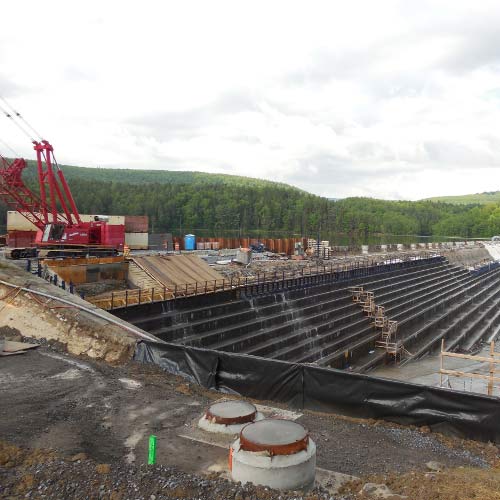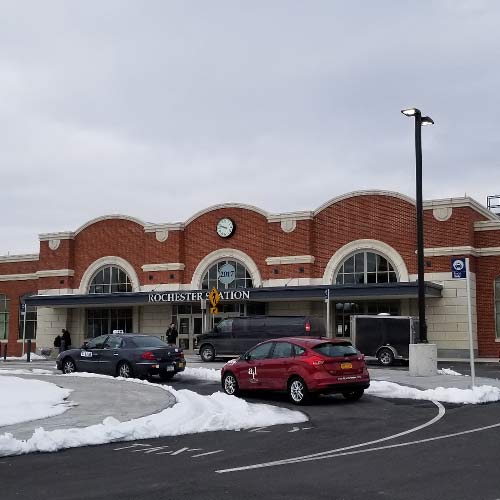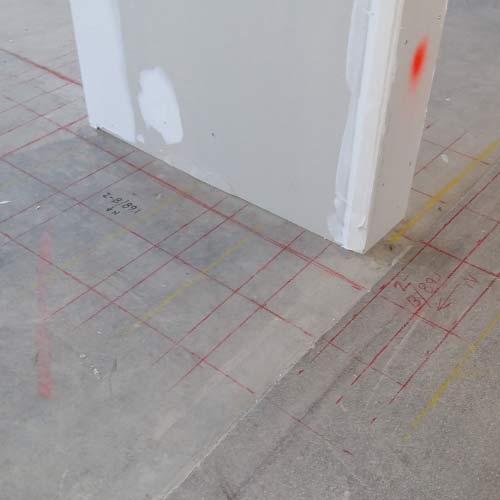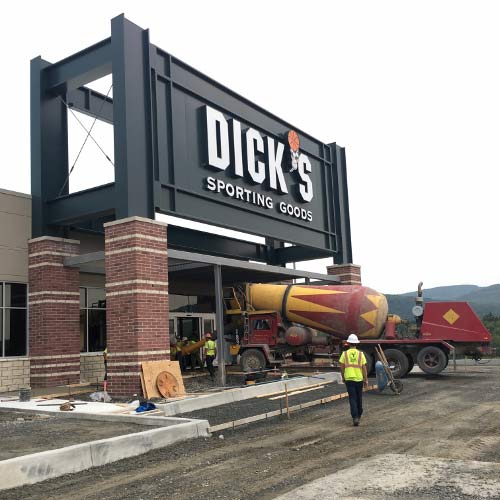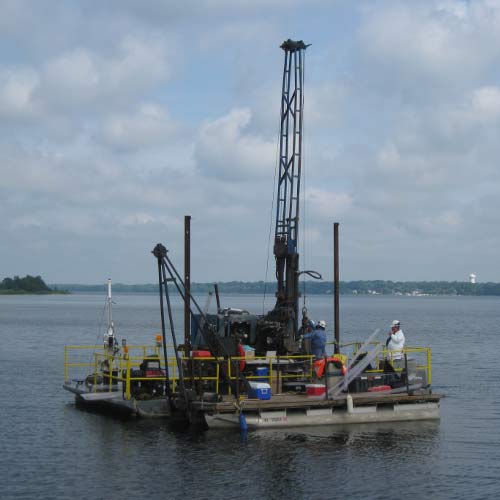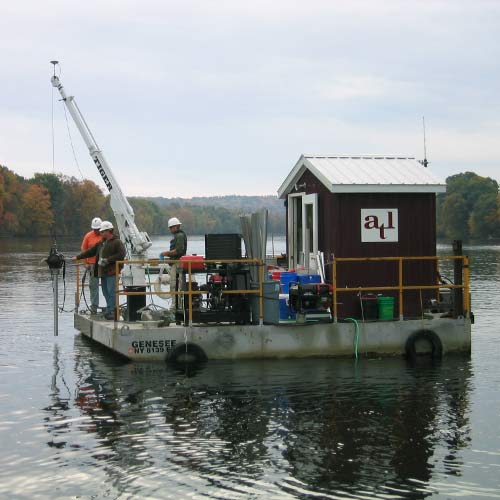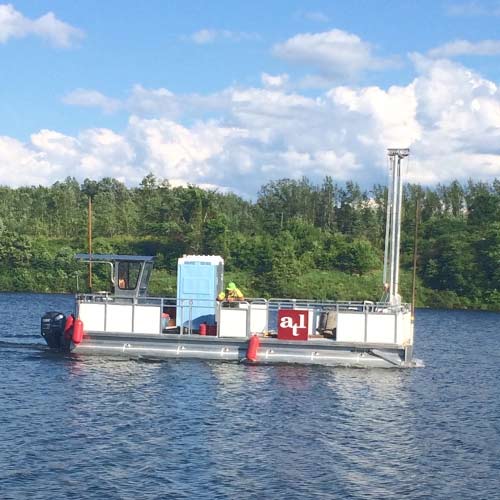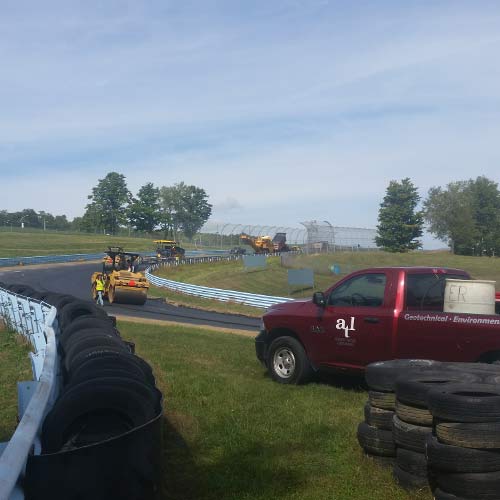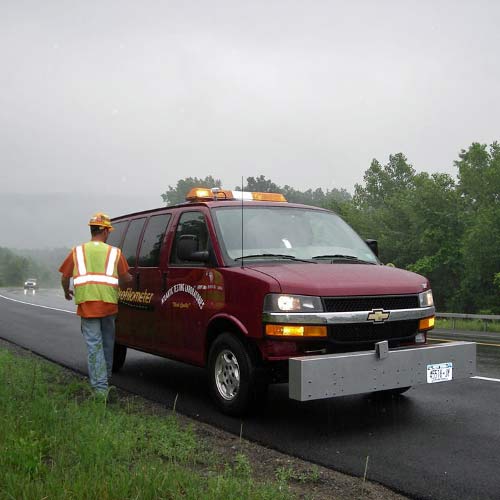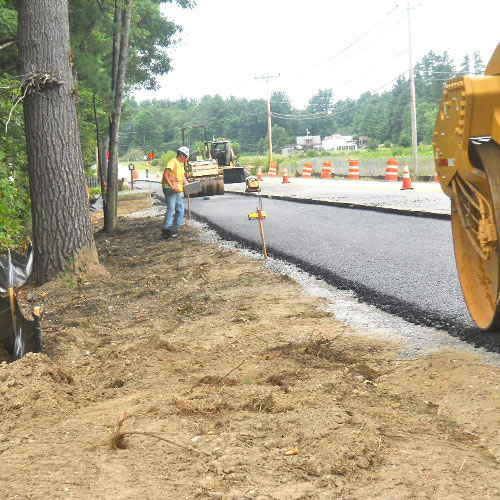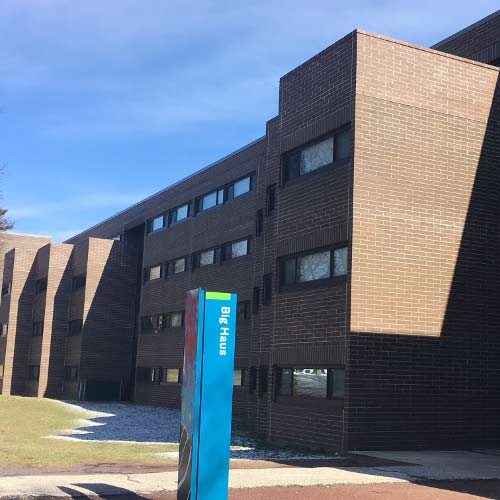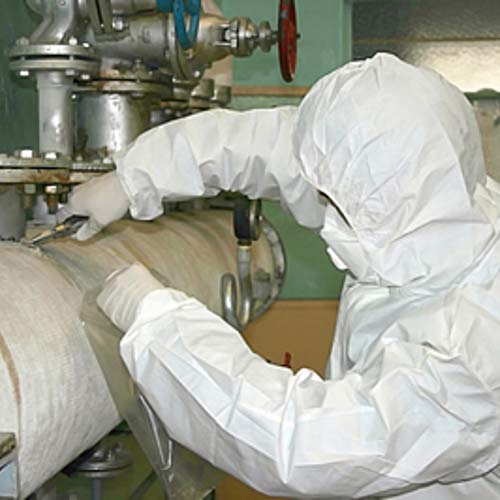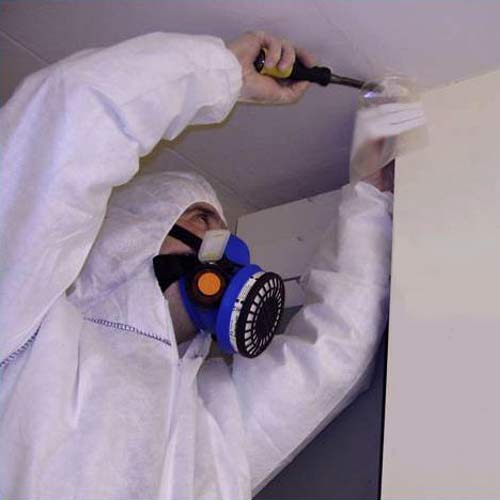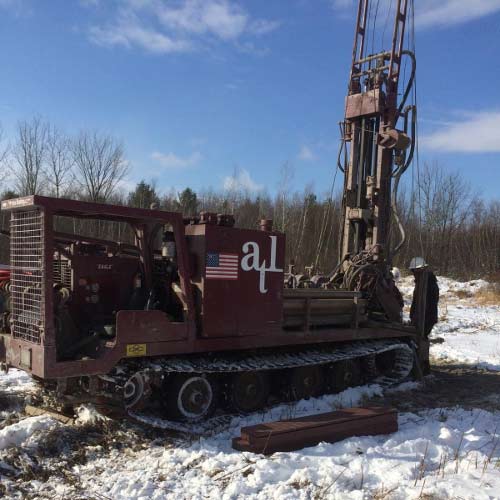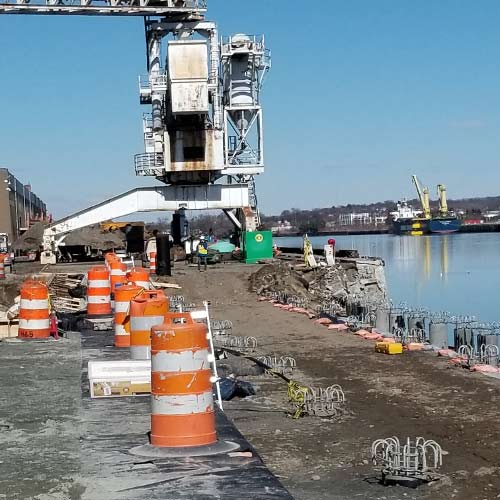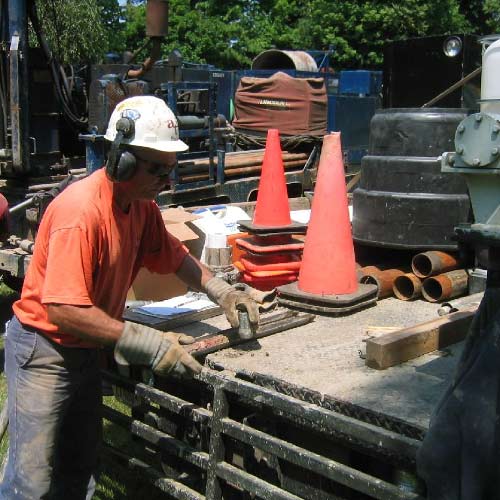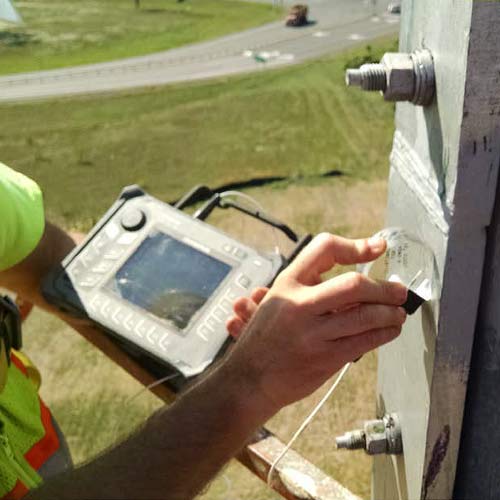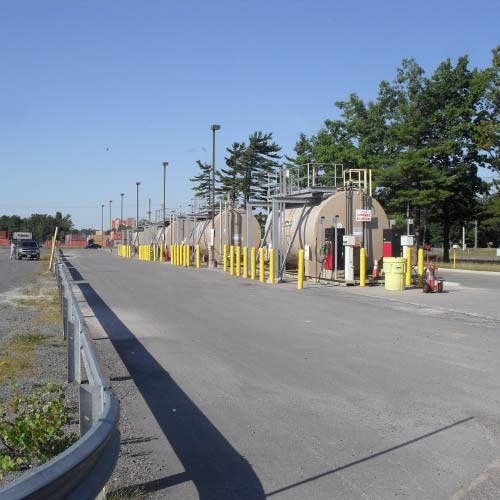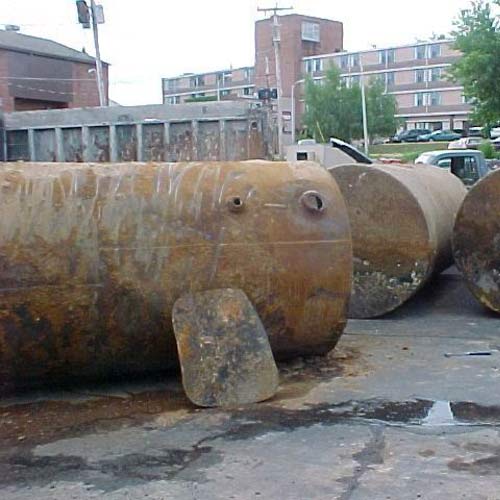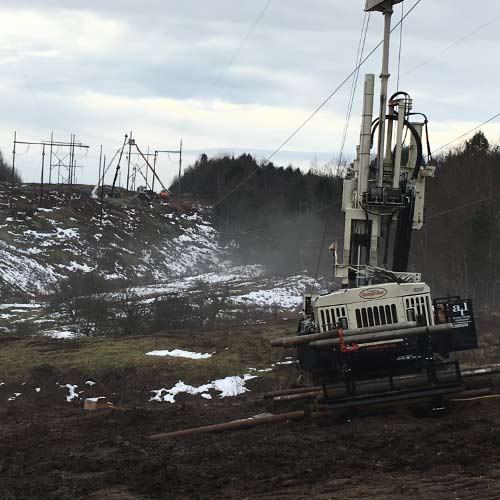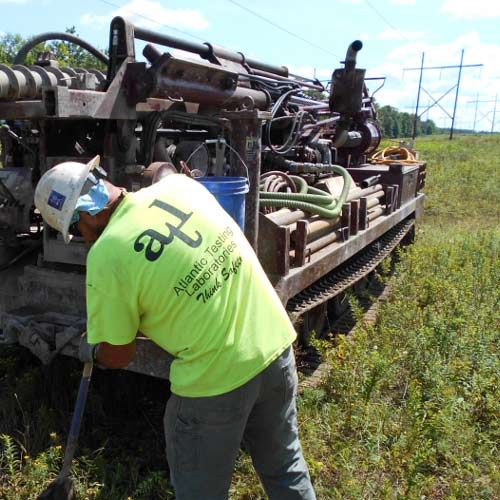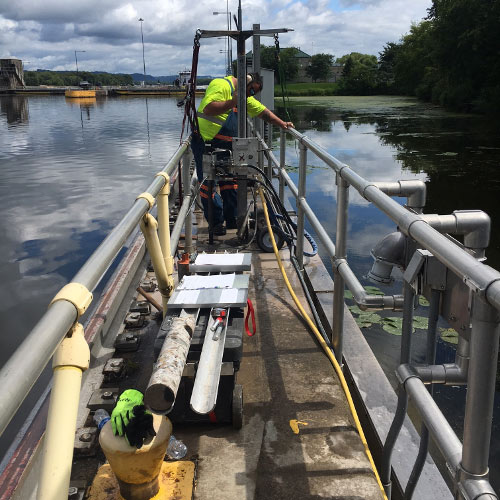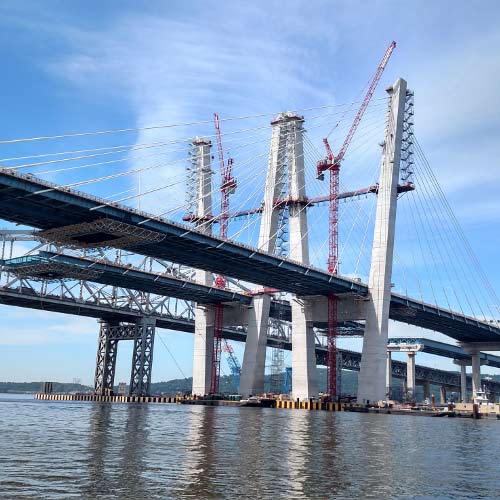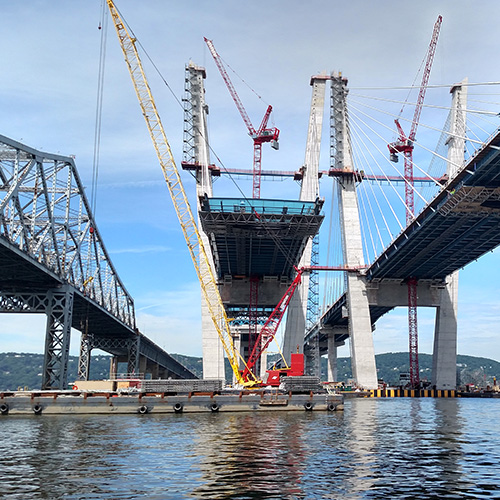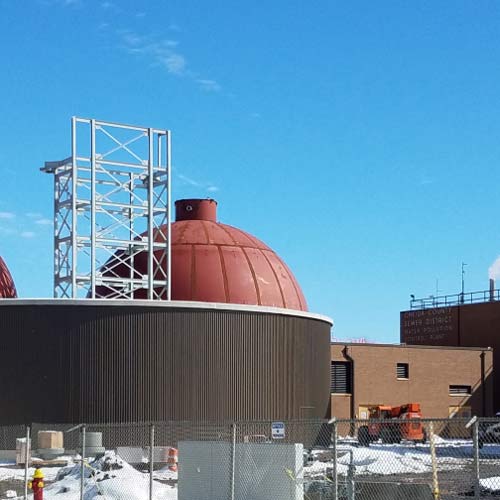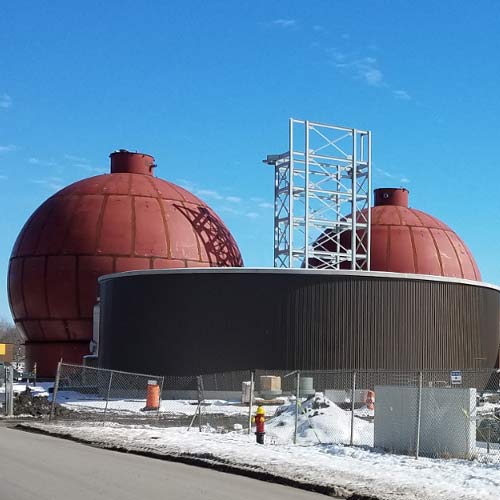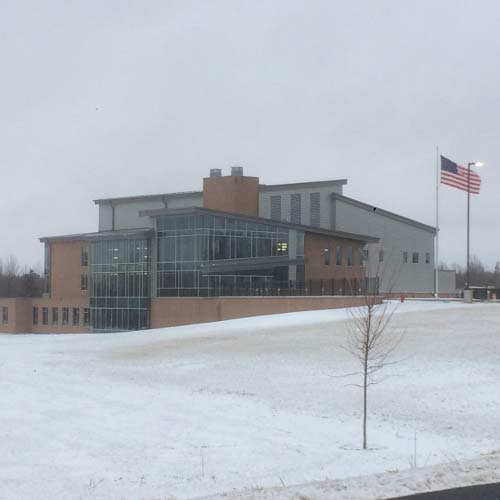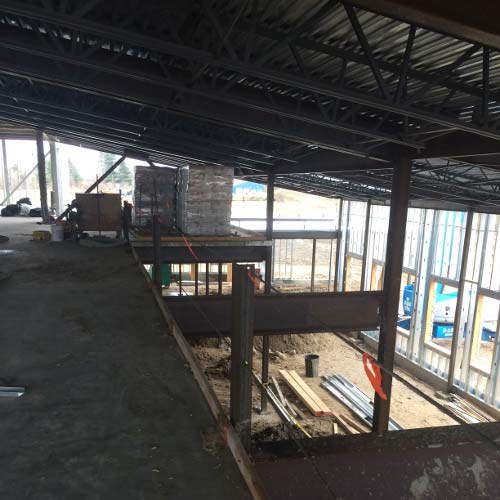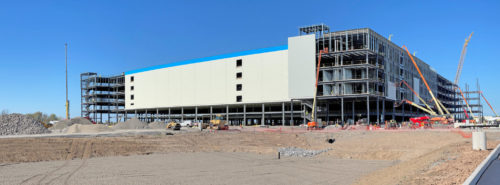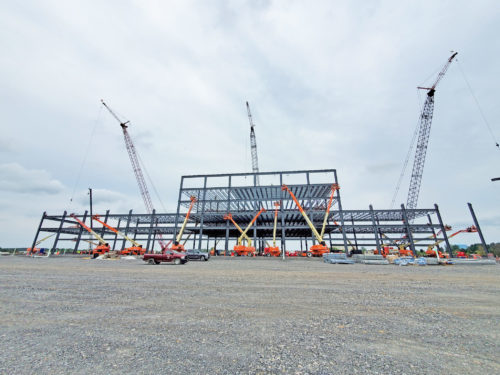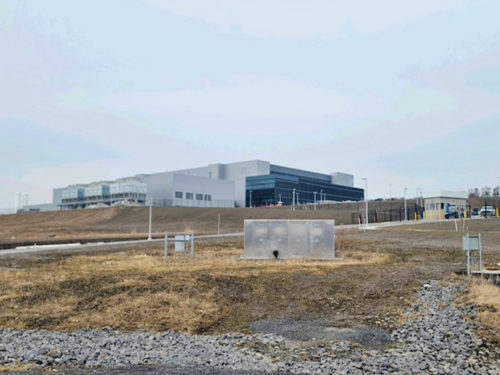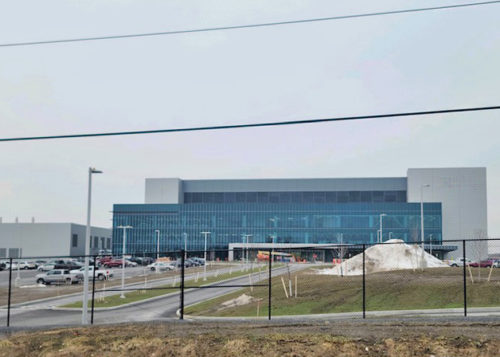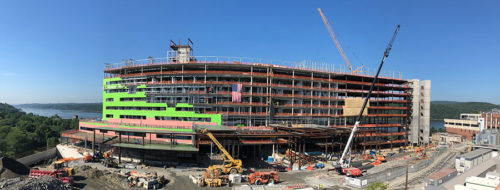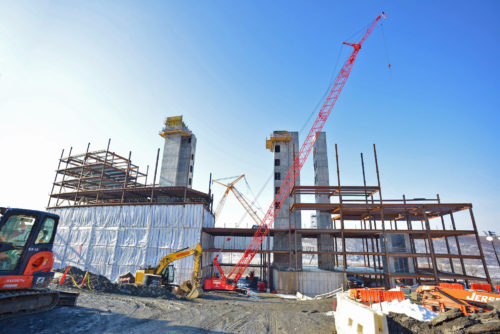Click the following link to view the PDF of this paper: When to Perform an Abatement Design

Joseph D. Grabowski
Asbestos Services Manager
Atlantic Testing Laboratories
An abatement design should be performed whenever a project involves asbestos-containing materials being disturbed. Pursuant to requirements of New York State’s Code Rule 56, a New York State Department of Labor certified Project Designer is required to provide project documents that include asbestos abatement project scope, timing, phasing, and methods to be followed for remediation of asbestos-containing materials. In addition to asbestos, it is beneficial to have design documents prepared for remediation of other hazardous materials, such as building materials containing lead, mercury, polychlorinated biphenyls (PCB), or mold.
An accurate and comprehensive hazardous materials abatement design is a valuable component of any project involving the disturbance or potential disturbance of known or suspect hazardous materials. An abatement design serves three primary functions:
- Identify, locate, and quantify hazardous materials that must be removed or abated to facilitate the project scope of work.
- Reference applicable regulatory requirements and industry standard protocols to promote compliance during the work.
- Provide solutions for hazardous materials abatement to limit exposure to workers and occupants and appropriately address the hazardous material in an efficient and cost-effective manner.
The absence of a comprehensive abatement design can result in project cost overrun and/or worker/occupant exposure to hazardous materials. These issues can escalate into legal or regulatory repercussions.
Project cost overrun:
Significant project cost overrun can occur if required abatement of hazardous materials within the project area is not adequately described in the contractor bid documents. Lack of hazardous materials identification, inaccurate quantities, or limited description pertaining to existing conditions that may affect the abatement work are likely to result in schedule delays and change orders.
Reliance solely on the findings of a hazardous materials survey to determine the abatement required for a project can be risky, as it is not uncommon to have a survey completed prior to a project scope of work being fully defined. A review of current project plans and a pre-design walk-through by the abatement designer are important steps to mitigate the potential for project cost overrun. An abatement designer will compare the hazardous materials survey(s) to the most up-to-date scope of work for the project and identify items for inclusion in the abatement design, prior to the project bid. Plan review and site walk-through can limit the potential for schedule impact and project cost overrun by confirming locations and estimated quantities of known or suspect hazardous materials and identifying existing site conditions that may need detailed description on the abatement plans.
Worker/occupant exposure to hazardous materials:
Hazardous materials exposure or increased risk of exposure is a negative consequence of an inaccurate or incomplete abatement design. For example, if scheduled demolition of a wall occurs, and an asbestos-containing material exists behind the wall that was not identified in the abatement design, there is a risk for disturbance of the asbestos-containing material resulting in probable release of asbestos fibers into the air.
An experienced abatement designer is cognizant of where hazardous materials commonly exist and can assess the potential for concealed hazardous materials relative to dates of original construction and renovations, locations of different functional spaces, and review of historical documents. If the potential for concealed hazardous material exists, an abatement design can identify the impacted areas, and provide an applicable approach to completing work in those areas safely.
If you have a project that has the potential to disturb hazardous materials, ATL, a WBE certified company, has experienced and certified environmental professionals in locations throughout New York State, to provide consultation and perform hazardous materials abatement survey and design.
For more information, contact Joseph Grabowski at 315-386-4578, info@atlantictesting.com, or visit www.AtlanticTesting.com.
|
ASSOCIATED SERVICES |
 |

